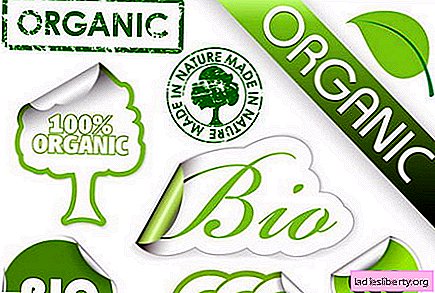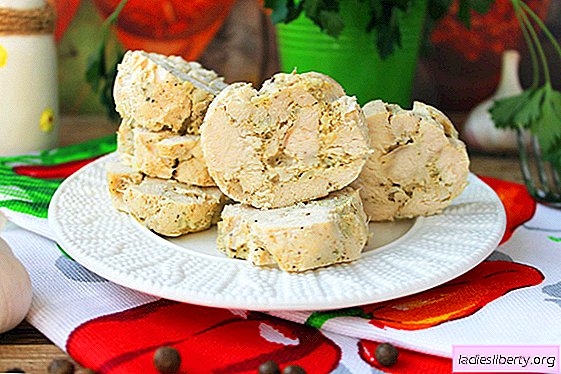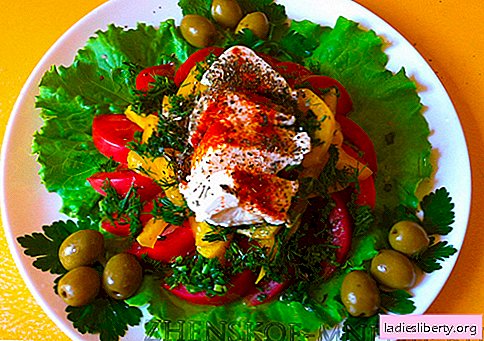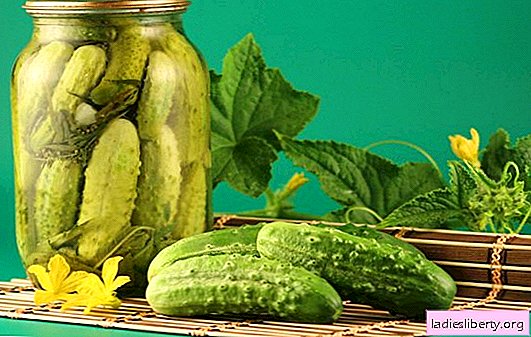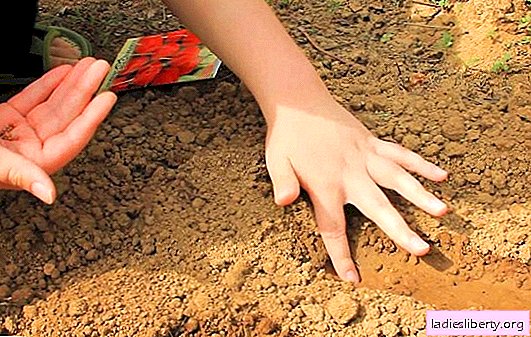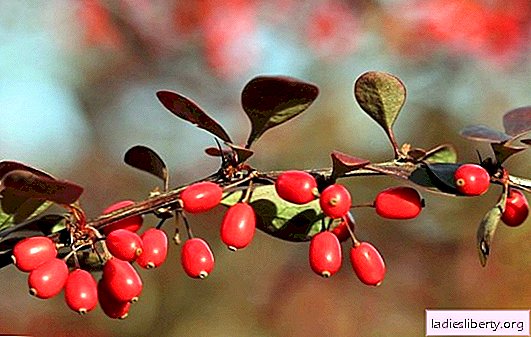
Unusual barberry is one of the best plants that can only be used in home cooking. And also in affordable dietetics for versatile health improvement.
How are the composition and benefits of barberry interconnected and what cooks need to know about it
In total, the genus Barberry has several hundred species of shrubs and stunted trees, widespread in the Northern Hemisphere.
In gardens and parks, barberry is appreciated for its suitability for forming hedges and decorativeness - various varieties in the autumn are decorated with golden yellow or purple foliage, sprinkled with long, not falling, glossy scarlet berries of an elongated shape. It is they that have been valued highly in the world cuisine for thousands of years.
Another unofficial name is caramel tree, barberry owes the same name to red candies with a characteristic sweet and sour taste.
Flavoring and aromatic additives "barberry" are very popular in home kitchens, restaurants and the food industry.
Sometimes they are of synthetic origin. Sometimes it's true barberry berries.
They are rarely kept fresh, so they are usually processed quickly. For example - in jam, juice, marmalade, compote. You can still save them by pouring sugar.
Whole dried or whole powdered barberry fruits mean a lot.
They add softness to any meat, and in game, they interrupt characteristic, unpleasant shades of taste and smell. With barberry cook pilaf, soups and sauces. Barberry is found in sausages and pickled vegetables, sometimes in desserts.
Fresh and dried leaves of the plant are rarely eaten, but they, piquant and reminiscent of sorrel, are very good in salads and first courses.
Fresh berries are used to make alcoholic drinks, berries and foxes are used for herbal teas, which are recommended to be drunk hot.
And also barberry is a good honey plant and the sweetness of bees from it is different in its golden color and delicate delicate taste.
The energy value of barberry is modest - 29 kcal per 100 g of fresh berries.
But, if you evaluate the compote from it (it turns out very tasty with the addition of an apple), this characteristic will increase to 114 kcal per 100 g, if we talk about jam, you can find all 203 kcal per 100 g of product.
For fans of a healthy lifestyle, such characteristics of the berry as the content per 100 g of fresh fruit may also be significant:
• 82 g of water;
• 0 g of protein;
• 0 g of fat;
• 7.8 g of carbohydrates.
For 100 g of dried barberry, the main characteristics of this plan change to:
• 153 kcal;
• 38.6 g of carbohydrates.
The fruits and leaves of barberry contain vitamins A, C, E and K, tannins, citric and malic acids, carotenoids, sugars, pectins, minerals (iron, potassium, calcium), resinous substances.
The complex of biologically active substances in the composition of barberry creates its tonic and restorative properties, with barberry, its working capacity increases and forces recover faster after physical exertion.
It is also particularly worth emphasizing the importance of berberine, one of the alkaloids present in barberry, providing a number of its specific properties:
• strengthen the immune system in general, and in particular, increase the body's defense against fungal and infectious diseases;
• protect the retina from destructive age-related changes and prevent many diseases of the eye (including conjunctivitis);
• minimize fatty deposits in the liver;
• remove the inflammatory processes of various localization and origin.
When will the barberry be of particular benefit?
The positive effectiveness of barberry with respect to the cardiovascular system is clearly expressed, in particular, due to its properties, lowering cholesterol, improving blood circulation and increasing the strength and elasticity of the walls of blood vessels and capillaries.
With barberry, the positive results of the treatment of arrhythmia, atherosclerosis and hypertension become closer (the plant gently normalizes blood pressure).
With colds and viral (flu, acute respiratory infections) ailments, drinks and goodies (jam, jelly, etc.) from barberry are useful as an antipyretic and relieves the symptoms of fever.
The plant is effective in the initial stages of inflammatory diseases of the kidneys and bladder, especially as a diuretic (diuretic) and a light painkiller.
Influencing the liver, barberry stimulates the secretion of bile, which is necessary not only for proper digestion, but also for transporting “bad” cholesterol and toxic substances from the body.
Due to the properties of lowering sugar levels and increasing the sensitivity of cells to insulin, barberry is classified as a plant useful in diabetes.
What else can be said about the benefits of barberry
In any form, berries of barberry have a positive effect on digestion:
• exciting appetite;
• promoting the absorption of heavy and fatty foods;
• preventing discomfort, heaviness in the stomach after meals.
With food poisoning, accompanied by diarrhea, the astringent property of barberry is useful, as well as its previously noted effectiveness as a means of destroying pathogens.
The sedative properties of barberry are also known - with regular use, it improves sleep, reduces the manifestations of neurosis and even obsessive states, makes a person less irritable and more stress resistant.
Also, the positive properties of barberry apply to the following:
• excellent thirst quenching in the summer (and prevention of dehydration);
• improved complexion;
• getting rid of headaches;
• removal of nausea of any origin (with toxicosis, intoxication of the body, overheating in the sun, movement in transport);
• decrease in cravings for bad habits - alcohol and cigarettes;
• Improving the condition of the gums, including reducing their bleeding (barberry, in principle, is known as a hemostatic property).
What harm can be from barberry
First of all, it is important to note that only ripe barberry fruits, in which the chemical composition is properly formed, can bring health benefits, while unripe berries are not only not useful, but moreover they are very poisonous.
Positive in moderate doses, the properties of these scarlet berries as a sedative result in harm to barberry when used excessively, which manifests itself in the form of symptoms such as depressed mood, drowsiness, lethargy of physical and psycho-emotional reactions, plus dizziness, nausea, and vomiting.
Pregnant and lactating women can enjoy barberry marmalade, dine with pilaf or stew, seasoned with barberry berries - this, theoretically, will not bring harm. But in these special periods of life, women (especially during pregnancy, in order to avoid the risk of miscarriage) are contraindicated in consuming barberry in large quantities, which can, in principle, be shown to a person with therapeutic purposes.
Also, in order to avoid harm from barberry, it should be treated with caution and caution in the following circumstances:
• varicose veins and thrombophlebitis;
• serious liver diseases (cirrhosis, many forms of hepatitis);
• kidney stones or gall bladder;
• severe heart condition, involving a risk of heart attack;
• increased acidity of gastric juice.

